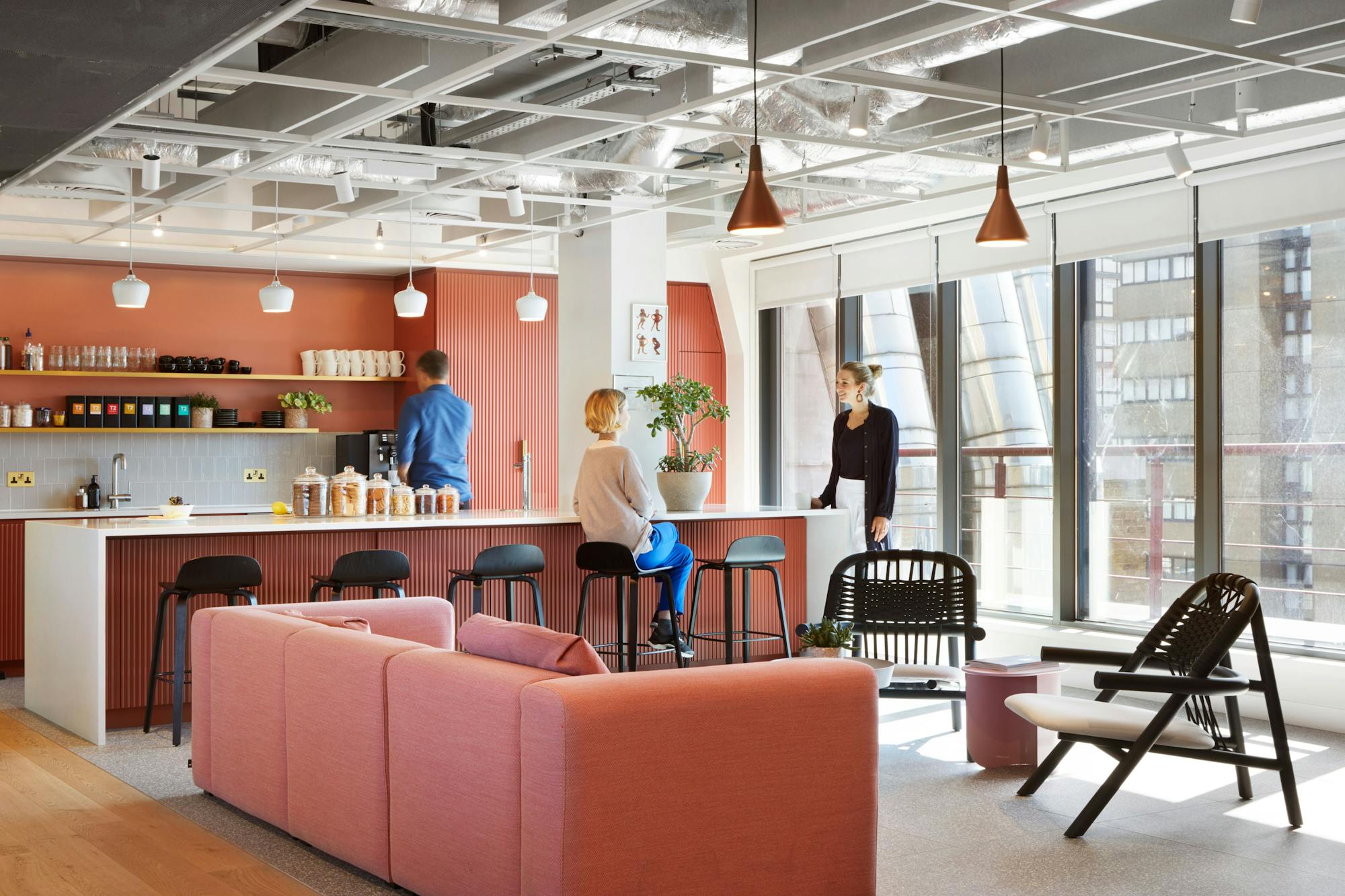

The big stretch: Can your business adopt flexible working?
We examine the benefits and drawbacks of flex work
- Written by
- MaryLou Costa
Model two: Remote work and established core hours
Well-known cloud storage company Dropbox shifted to a non-linear workday as part of its Virtual First strategy that launched in October 2020. Taking meetings only during daily core collaboration hours of 10am to 12pm and 4pm to 6pm, employees can then organise the rest of their day around their own work and personal commitments.
For Dropbox’s international HR director Laura Ryan, this means starting her day at 10am to take care of the school run, and working until 6pm. Meanwhile, the company’s director of UK media Andy Wilson likes to start at 7:30am and finish at 5pm, taking breakfast and lunch breaks with his partner, and making time to walk, run, cycle or kayak.
In a move towards asynchronous working, Dropbox employees are also being encouraged to conduct calendar audits to reduce unnecessary meetings. Ryan, for example, cut her weekly meeting hours down from 15 to 10.
“The model of 10 hours per day on Zoom doesn't work. We need to give people the time for deep focus within their working day and do whatever they need, whether it’stake a nap, or go for a run,” says Ryan.
“I feel like it's been very freeing for our employee base to move away from that constant hamster wheel.”
Pros: Staff still have freedom within a wider, consistent framework.
Cons: Everyone in the business cannot work this way – sales teams, for example, still need to follow traditional work hours as they are dealing with customers.

Model three: Hybrid work and staggered start times
For those new to flexible working, this might be the most common and palatable model. It involves staff members working partly remote, and partly in the office; flexibility is also offered by letting employees determine their start and finish times.
Bath and London-based communications agency Clearly has a number of team members working different time periods, such as 8am to 4pm, or 10am to 6pm.
“During lockdown, the isolation and sense of cabin fever saw some of the team taking twice or even three times as long to complete a routine task due to the fact that the four walls they worked in were the same as those they lived; there was little or no work/life separation. Simply taking regular breaks was not the solution – trialling different start and end times for their working day was,” said Paul Mackenzie Cummins, founder and managing director of Clearly.
“It doesn’t matter to me, or the business, when they choose to start their working day. It’s about providing people with an environment where they can schedule their day around the times that enable them to get the best out of themselves.”
Pros: This model requires minimal changes to company policy, and can increase general wellbeing and satisfaction amongst staff.
Cons: Each staff member’s start and finish times will have to be documented and publicised to maintain internal structure.
Perhaps the most important thing to note is that getting flex-work right for the first time can be tricky – it’s essential to go into the process with an open, empathetic mindset which welcomes feedback from staff. “We are trying to reinvent the way of working for generations to come,” concludes Ryan. “We're not going to get this right on day one, but we'll figure it out together.”
MaryLou Costa has written for The Times, WorkLife, Business Insider, Stylist, The Evening Standard, The Daily Mail and others. She's fascinated by the future of work, especially changes that advance women’s careers.
Illustrations by Iker Ayestaran.
Explore our collections
Discover more about the Fora brand

